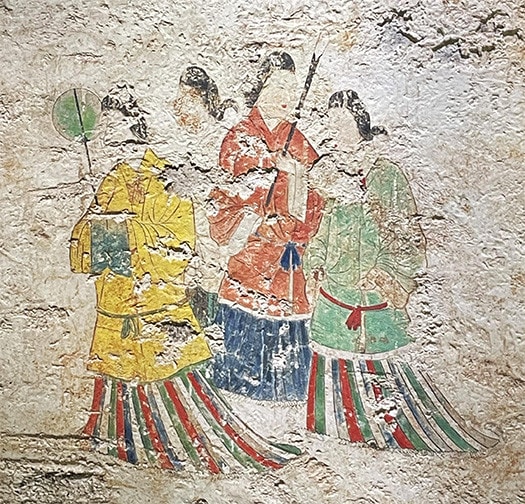
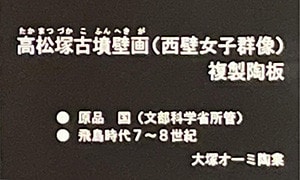
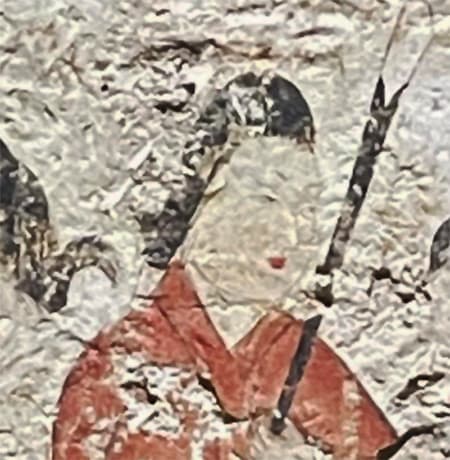
先日の上富良野・後藤純男美術館参観でふたたび自分の本性というか、絵にいかに惹かれているのかを深く知らされた思いがしています。後藤純男美術館にはたぶん4−5年は行っていなかったハズなのですが、そういう絵との「再会」ということが自分のなかのなにかに着火する思い。
日本人の連綿としてつながってきた絵ごころというものに、わたしは深く癒されるのだと気付かされるということでしょうか。
現実の仕事のことなどはなかなか客観視できない部分があるので、ブログではやはり特定テーマでの定点的な観察・深掘りがほどよいと思うので、絵とニッポン人みたいな領域で書きたい。
で、絵と日本人ということではこの1972年に極彩色の壁画が発見された高松塚古墳壁画がスタートにふさわしでしょうね。いまから52年前ということになるが、当時のわたしは20歳そこそこ。学生運動の最盛期でしたが、やはり発見された壁画、それも飛鳥美人画につよい印象を持った。
絵については小さい頃から好きで小学校1年のときにアメリカ・ポートランド市と札幌が「姉妹都市」になったことを記念した児童絵画の交換で、わたしの描いた絵が選ばれてあちらに渡ったという経験がスタートで、自然にマンガに強く惹かれて行ったりもした。この当時には西洋絵画の「ルネ・マグリット」の展覧会がちょうど開かれたりして初めて美術館で参観して、大いに刺激された。
そういうなかで日本の「飛鳥時代」の感性に出会って、深く「ルーツ」感に包まれていたのだ。
写真は奈良県の「橿原考古学研究所附属博物館」での展示でのもの。複製陶板まで制作されたという一大ブームだった。
若い男性の私としてはやはり、古代の日本人の「女性美」への興味が非常に強かった。とくに明瞭に輪郭線の残っている女性の顔がみごとに「うりざね」形であったことに刺激された。「そうか、自分だけではなく多くの日本人はこういう美顔に弱いんだ(笑)」。
そしてファッション感覚も、まことにきらびやかで、日本人はこの時期、このような感受性で交感していたのだと思い知った。コトバではなく「絵」でこそ人間は「わしづかみ」されるのだということも学ばされたように思う。
ちょうど大江健三郎の小説の難渋ぶりに辟易していた頃で、より強いインパクトがあった。コトバは明晰さの方により価値感を感じ、心象はやはり絵がわかりやすいと悟らされた。
で、日本人はこの飛鳥の時代から連綿と絵画文化をつないできている。時代によって変わるもの、変わらないものが現在にまで至っているのだ。
English version⬇
Takamatsuzuka Tomb Mural: The Japanese Painting Spirit
A theme that can be continued away from daily work. Pictures express the mental images in an easy-to-understand way. I would like to reflect on the paintings of Japanese people that have stopped in my mind. I would like to contemplate the Japanese people's paintings that have stopped in my mind.
My recent visit to the Sumio Goto Museum of Art in Kamifurano made me realize once again my true nature, or rather, how deeply I am attracted to painting. I have not been to the Goto Sumio Museum of Art for probably 4-5 years, but this “reunion” with the paintings ignited something in me.
I guess I realized that I am deeply healed by the Japanese people's unbroken connection to the spirit of painting.
Since it is difficult for me to be objective about my actual work, I think it is better to write a blog on a specific theme with a fixed point of view and to dig deep into the subject.
In the area of paintings and Japanese people, the Takamatsuzuka Tumulus mural paintings, which were discovered in 1972, are a good place to start. It was 52 years ago, and I was just under 20 years old at the time. It was the height of the student movement, and I was very impressed by the wall paintings that had been discovered, especially the Asuka beauty paintings.
I had been interested in painting since I was a child, and it all started in my first year of elementary school when my painting was selected for an exchange of children's paintings to commemorate the “sister city” relationship between Portland, U.S. and Sapporo, and was sent over there. At that time, an exhibition of Western paintings by “René Magritte” was just opening, and I visited the museum for the first time and was greatly inspired.
It was in this context that I encountered the sensibility of the Asuka period in Japan and was deeply enveloped in a sense of “roots.
The photo was taken at an exhibition at the Museum of the Archaeological Institute of Kashihara in Nara Prefecture. It was a big boom, and even replicas of the ceramic panels were made.
As a young man, I was very interested in the “feminine beauty” of ancient Japanese. I was particularly stimulated by the fact that the clearly outlined female face was perfectly shaped like a uriza-ne. I thought to myself, “Well, not only myself, but many Japanese have a weakness for such beautiful faces.
The sense of fashion was also truly glittering, and I realized that Japanese people were communicating with this kind of sensitivity during this period. I think I also learned that people are “grabbed” not by words but by “pictures.
It was just at the time when I was fed up with the difficulty of Kenzaburo Oe's novels, so it had a stronger impact on me. I felt the clarity of Kotoba was more valuable, and I realized that the mental images were easier to understand in pictures.
The Japanese people have continued to develop their painting culture since the Asuka period. What changes with the times and what does not change has continued to the present day.















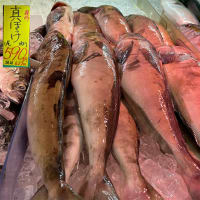



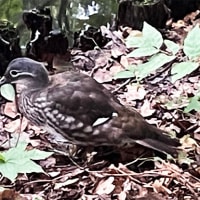
>自分の文章が簡潔でわかりやすいとでも思っている感じに仰天しましたよ。... への返信
「ニセコのおぢ」様、コメントありがとうございます。
今回の主題は絵画で、文章についての記載は文末で大江健三郎の難解さに触れた後の一文のみなのでそこに対してのご感想ですね。
「コトバは明晰さの方により価値感を感じ、心象はやはり絵がわかりやすいと悟らされた」という文ですが、個人的な好みを述べたものです。
私自身の文体についてどうこう書いたつもりはありませんので、いただいたコメントに困惑しております。
例えばタクシーに乗ったと書いた後に「運転はスピードよりも安全性に価値を感じるし、新幹線の速さを改めて実感した」と書いたとして、書き手が自身の運転技術をアピールしていると読み取れるでしょうか?
私はそうは感じないので、その感覚で作文しております。
感じ方や読み取り方はそれぞれですので、ニセコのおぢ様がどう受け取るかは自由です。
が、今回のようなコメントをされてしまうと、書き手としては誤った解釈を否定したくなりますし、反論合戦のようになってはお互い不快になると思います。
ニセコのおぢ様からいただくコメントについては、「語句の誤り、違和感」へのご指摘は控えていただきたいと毎回返信にてお伝えしております。
ブログへのモチベーション低下に繋がることは避けたいと思っておりますので、ご理解の程よろしくお願い致します。